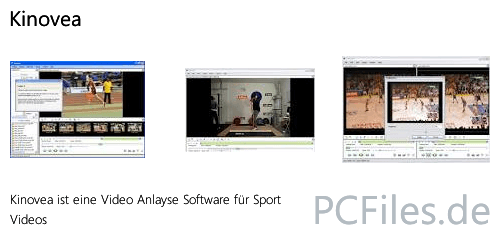

The infrared system you were using likely is recording at 180 fps or 120 frames per revolution or 3 degrees of rotation per frame. Knee Angles at the bottom of the rotation with videos at 60 fps change by 1.5 degrees per frame. So it is unlikely that a frame is exactly at the bottom of a cycle.

When recording at 60 fps and pedaling at 90 rpm (1.5 revs per sec), you are getting 45 frames per revolution or 8 degrees of rotation per frame. For Knee Angle this really isn’t fast enough. Unfortunately the devices you used (iPad and iPod Touch) both likely had a maximum rate of 60 fps. Camera Frame Rate – As you correctly mentioned in your previous blog the frame rate of the camera is one of the most critical things for repeatable accurate measurements. Bike Fast Fit has an offset handles with a magnifier to allow precise centering on the dots.Ditto. Identifying the Dots in the Video – Putting your measurement lines in the exact center of the dot is critical to getting an accurate measurement. I've been setting these landmarks for bike fits for about 15-20 years - pretty sure I got them in the same/right spots. So if the stickers were moved at all from measuring with your infrared this could be a source of error.Agreed. But it only takes a difference of 1/4″ in location on the Knee Dot to get more than 1/2 degree difference in Knee Angle. Bike Fast Fit has detailed instructions for placing each point and being a PT, I’m assuming you were consistent in your placement.

Usually this is done with placing dots or other markings on your body. Identifying Points on Anatomy – As you will be covering in a future blog post, identifying the points on your anatomy is critical to getting accurate and repeatable measurements. Can't help but think that since your app is using the same technology for it's alignment tools that this plays a role in the differences between devices. Lay four or five of them on the same table they often will all have different readings - they're not off by a lot but they're still off. I like the alignment aids on the app however I can't help to notice the difference between iPhones/iPads (and all mobile devices really) show when you have a spirit or bubble level app. Bike Fast Fit has great alignment aids to minimize this as much as possible, so I’m assuming this isn’t the source of error.Agreed that this can be a major cause of error in video bike fits. Parallax – As you mentioned in your previous blog post, getting the camera plane in line with the bike plane is critical. I believe you are wrong as there are 5 main sources of error in measuring a bike fit with videos: 1.
#Kinovea app software#
You implied that Bike Fast Fit software itself responsible for the difference in your measurements. Initially the comment got caught in my spam filter so I just saw it and took 10 minutes to respond to each of his points.His points are in blue while mine are in black: As the developer of Bike Fast Fit, you can probably guess that I am disappointed in this review. It didn't fare very well and the developer wrote a comment explaining why he thought I was wrong to be so tough on his app. The proposed system has the potential to provide accurate segment angles and peak GRF at low cost but does not match the accuracy of the multicamera system and force platform, in part because of the Wii Balance Board’s variable sampling rate.Recently I did a review of a popular bike fit app developed for the iOs system where I tested it against an infrared motion capture system to see how accurate it could be. The thigh, shank, and foot angle measurements were similar between the single and multicamera, but the pelvis angle was far less accurate. However, variability in the balance board’s sampling rate led to large GRF errors early and late in stance, when the GRF changed rapidly. Average GRF data from the 2 systems were similar, with peak GRF errors below 3.5%BW. We collected vertical GRF and segment angles. After validation trials with known weights and angles, 5 subjects walked across an instrumented walkway for multiple times (n = 8/subject). We validated this low-cost system against a multicamera Vicon system and research-grade force platform (Advanced Mechanical Technology, Inc). The purpose of this study was to validate a Wii Balance Board, Kinovea motion-tracking software, and a video camera as a portable, low-cost system, and overground gait analysis system. However, it is inconvenient and expensive to maintain a laboratory-grade gait analysis system in most clinics. Clinically, measuring gait kinematics and ground reaction force (GRF) is useful to determine the effectiveness of treatment.


 0 kommentar(er)
0 kommentar(er)
